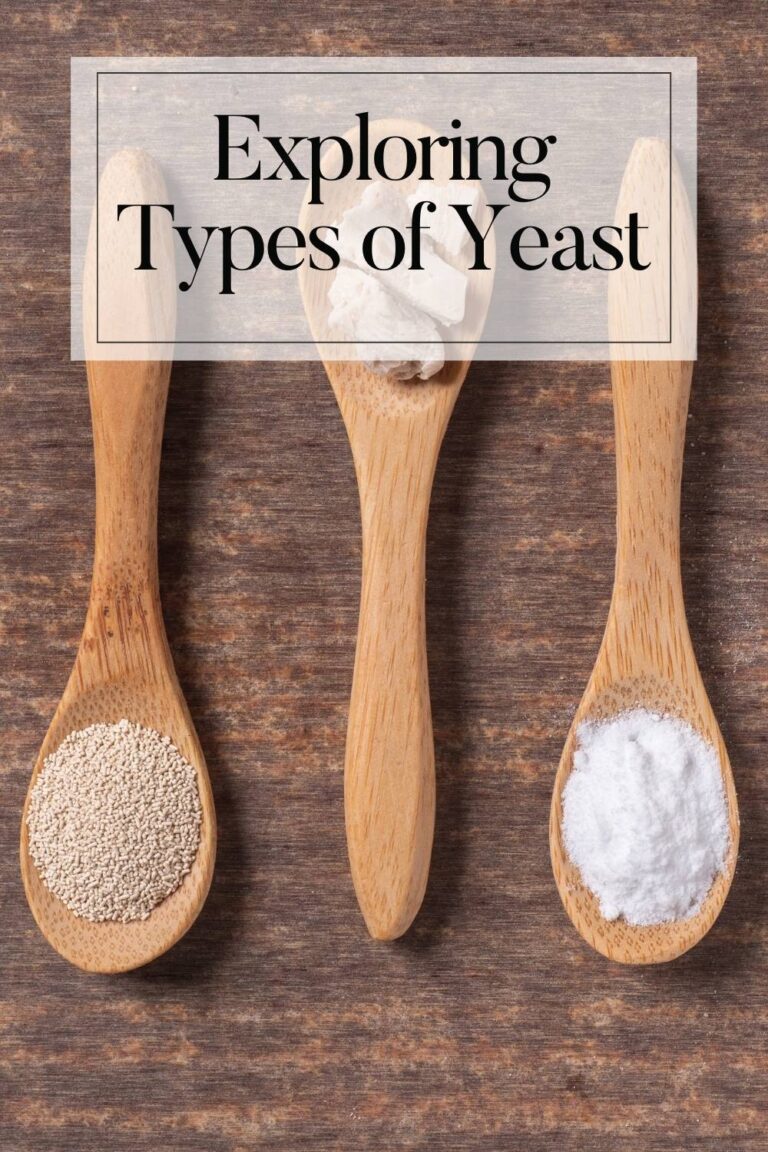Instant Yeast vs Dry Yeast Ratio: Unveiling the Perfect Baking Formula!
Welcome to another episode in our mini series on yeast, where we will delve into the microscopic world of yeast and its incredible impact on our culinary adventures. Today we’re tackling a topic that’s been stirring up quite the debate in kitchens everywhere: Instant Yeast vs. Dry Yeast – what is the yeast ratio – which one reigns supreme?
Let’s start with a quick rundown of these two yeast heavyweights.
Active dry yeast is the old-school classic. It’s been around for ages and requires a bit of tender loving care before it gets to work. You see, active dry yeast needs to be dissolved in water before adding it to your dough, giving it a head start to activate and do its magic.
Now, on the other side of the ring, we have instant yeast, the modern contender. Instant yeast is like the cool kid on the block – you can toss it directly into your dough without any prepping or proofing. It’s quick, it’s convenient, and it gets the job done in record time.
But here’s where things get interesting – the ratio and the aspect of interchangeability.
Contrary to traditional wisdom, which advocates for minute adjustments in yeast quantities when swapping between instant and active dry, I’m here to unveil a game-changing revelation: you can seamlessly interchange either yeast variant without the hassle of recalibration.
Yes, you heard that right.
Whether your pantry is stocked with instant yeast or active dry yeast, you possess the liberty to choose either with equal capacity in your culinary endeavors. Gone are the days of fretting over meticulous calculations and tiny adjustments.
But how does this remarkable feat of interchangeability come to fruition?
The answer lies in the fundamental nature of yeast itself. Both instant and active dry yeast share core properties, with small differences in processing and packaging setting them apart.
Instant yeast, with its fine granules and rapid activation, stands ready to leap into action at a moment’s notice. Its potency ensures swift and reliable fermentation, making it an invaluable ally in the kitchen.
Meanwhile, active dry yeast, encased in larger granules, requires a gentle nudge from its slumber. Through the process of rehydration, it awakens from its dormancy, ready to embark on its journey of dough leavening.
Armed with this newfound knowledge, you wield the power to seamlessly integrate either yeast variant into your baking endeavors, confident that your dough will rise to perfection, regardless of the yeast you choose.
So, whether you get comfort from the time-honored ritual of proofing active dry yeast or embrace the convenience of instant yeast, rest assured that your culinary creations will captivate and delight, fueled by the magic of yeast.
With this enhanced understanding, let’s bid farewell to rigid commitments to specific yeast types and embrace a more flexible and experimental approach.
To state it simply, Instant yeast vs active dry yeast ratio = 1:1
Whether you’re crafting artisanal bread, indulging in decadent pastries, or concocting savory delights, unleash your creativity and explore the boundless possibilities that either yeast variant offers. Let your imagination soar, inspired by yeast’s incredible versatility.






